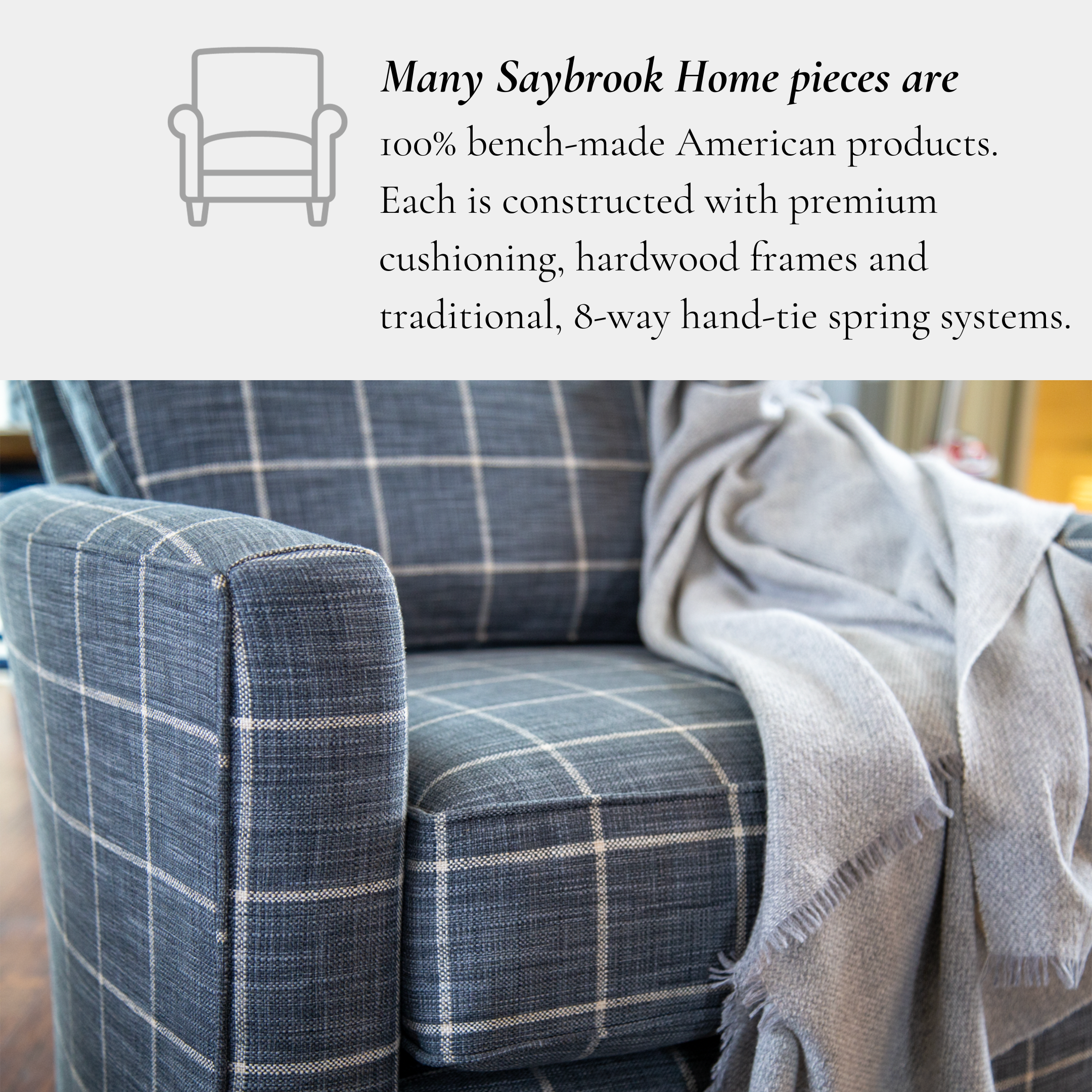Remember grandma's hutch - the one that set the backdrop for countless family Thanksgivings, sturdy as could be, that you couldn't wait to inherit along with all the memories? Taking inventory of your own home furnishings, how many them can you say will become heirlooms of the same caliber? You may be saddened to discover Grandma's hutch (and the concept of generational furniture in general) have become a thing of the past.
Furniture, in concept and in actuality, is not what it used to be 50 years ago. People used to purchase a dresser and expect the piece to be handed down through generations. Today, not only are the pieces not made to endure that length of time, they’re not even expected to. Instead, pieces are purchased with the mindset that they are only going to be around until the next social media trend sets in.
Mass Production and Planned Obsolescence
In our consumer-driven society, mass production has become the norm for furniture manufacturing. To cut costs and boost profits, many companies prioritize speed and efficiency over the quality of their products. Mass-produced furniture often sacrifices durability and craftsmanship, resulting in pieces that quickly wear out or become outdated.
Price is not only affected by cheaper materials and construction. A huge component is the voyage that most new furniture takes across the ocean. The mainstreaming of container shipping in the 1970s effectively erased distance as a manufacturing concern. Today, it’s incredibly cost effective and efficient to transport goods around the world.
Additionally, the concept of planned obsolescence has become prevalent in the furniture industry. Manufacturers intentionally design furniture with a limited lifespan, encouraging consumers to replace their pieces sooner rather than later. This strategy not only harms the environment but also perpetuates the cycle of disposable furniture.
Decline in Craftsmanship
Quality furniture, built to last for generations, has traditionally been associated with fine craftsmanship. Skilled artisans once meticulously created every piece by hand, paying attention to detail and using time-tested techniques. Unfortunately, the decline in traditional craftsmanship has contributed to the scarcity of durable furniture. Many manufacturers have shifted towards automation, resulting in pieces that lack the character and strength of their handmade counterparts.
Wesley Hall, one of our favorite manufacturers at Saybrook Home, prides itself on 100% bench-made American products. Each Wesley Hall piece is constructed with premium cushioning, hard-wood frames & traditional, 8-way hand-tie spring systems. To ensure the highest level of craftsmanship, the company pays its associates an hourly wage (vs. piece work) to ensure that no one is incented to cut corners. Wesley Hall has maintained an impressive, long-standing workforce that truly delights in crafting quality furniture.

Use of Inferior Materials
The choice of materials profoundly affects the longevity of furniture. To cut costs, many manufacturers use low-quality materials, such as particleboard, veneers, and cheap plastics, which may look good initially but lack the durability needed to withstand the test of time. Solid wood, a traditional hallmark of quality furniture, is increasingly being replaced by less durable alternatives.
Another of Saybrook Home’s most popular manufacturers, Gat Creek is located in West Virginia at the geographic center of the highest grade Ash, Cherry and Maple in the world. The company’s raw material is sustainably harvested from Appalachian forests within a day’s drive of the manufacturing facility.

Purchasing from one of our American-made manufacturers ensures you’re getting a piece of furniture that was made by materials sustainably sourced here in the United States. At Saybrook Home, we are proud to be able to offer our guests this option.
Fickle Design Trends
Furniture trends, much like fashion, come and go. Consumers are often swayed by the latest design fads, leading them to purchase trendy, but ultimately disposable, furniture. The quick turnover of styles makes it challenging to find classic, timeless pieces that remain in vogue for generations. As a result, people are more likely to replace their furniture frequently to keep up with changing tastes.
This scenario, in turn, creates a huge amount of waste. The Environmental Protection Agency estimates that nearly 10 million tons of furniture ended up in landfills in 2018.
Lack of Knowledge and Awareness
In a world where convenience often takes precedence, many consumers may lack knowledge about what constitutes quality furniture and how to identify durable pieces. This lack of awareness can make it easier for manufacturers to get away with selling subpar products while touting them as “long-lasting.”
On a recent visit to the American Leather facilities in Dallas, TX, our designers were impressed with the company’s dedication to education, not only of its employees, but of industry professionals, members of the trade and consumers alike. The company operates daily under the principle that “knowledge is power” and this has surely paid off. American Leather’s astounding growth is not the only metric used to gauge its impact. The company’s adherence to education, innovation, expert craftsmanship, technological advances, and performance are also noteworthy. Learn more about our designers' recent visit to American Leather here.

In the quest for furniture that lasts for generations, the odds are stacked against consumers. To break free from this cycle, consumers can seek out reputable manufacturers and artisans who prioritize quality, craftsmanship, and sustainability. While the cost of such furniture may be higher, the investment in timeless, durable pieces can pay off in the long run. By becoming more discerning shoppers and advocating for change in the furniture industry, we can hope to restore the value of quality and longevity in the pieces we bring into our homes.




Leave a comment
This site is protected by hCaptcha and the hCaptcha Privacy Policy and Terms of Service apply.